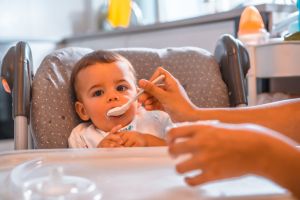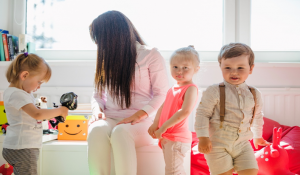Deciding to leave your beloved child home with a nanny or babysitter for the first time can definitely be an overwhelming experience. Whether you’re leaving for a quick dinner or a routine work shift, you may continue to wonder what your loved one is up to while you are away. So how can you ease your mind and make sure that your child is safe and comfortable with their babysitter?

Now that you’ve selected a babysitter you are comfortable with; make sure to provide them with all the essential information they may need in order to take care of your child. One tip is to create a little notebook with all the information that you can have the babysitter keep while they are on duty. Now you may be wondering – what kind of information should I add to this notebook? Well, start off with the basics. Make sure you have your mobile phone number so that the sitter or your child can reach you if they have any questions. Also include emergency contact information with a full address. This can be used in case of emergencies and in case you cannot be reached. Next, you will want to include any important information pertaining to keeping your child happy while you are away, such as their routine, their favorite snacks, and their bedtime. You should also mention any allergies your child might have as well as a copy of their health card.
Lastly, make your babysitter comfortable with the environment by showing them around your house and informing them of any house rules you may have and what your expectations are. Communication is key to any relationship, including the one you have with your nanny or babysitter. This also helps build trust and allows for a peaceful transition when you return to work or must leave your children’s home under someone else’s care. It can certainly be an anxious transition for some; however, by following these tips you can assure that your child is just as happy and safe with your sitter as they are with you!


